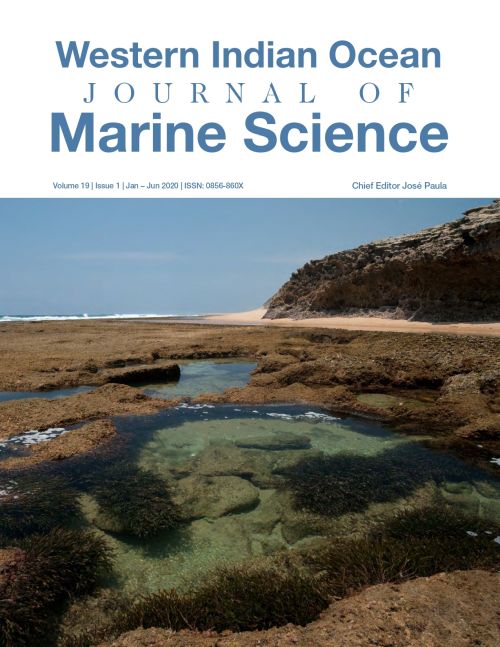Main Article Content
Value chain analysis of mangrove forests in central Mozambique: Uses, stakeholders and income
Abstract
This study aims at documenting the value chain derived from mangrove forests in selected sites in central Mozambique (Zambezi Delta, Nhangau and Chiveve River), through the identification of the services delivered by mangrove forests and assessment of stakeholder’s engagement within the value chain. Furthermore, this work evaluates the income pathways as well as the current and potential benefits of different stakeholders and the socio-economic sustainability of mangroves in the three regions. Zambezi Delta is one of largest mangrove swamps in Africa and Chiveve is located in Beira City, impacted by Cyclone Idai in 2019. The main benefits obtained by the communities both in the Zambezi Delta and Nhangau were derived from commercially important wood extraction and honey production for domestic use. Within the Zambezi Delta, profit for small mangrove poles accrued at the wholesale level (82.6%), while that for large poles accrued to harvesters (125.0%), after a small initial direct investment. At Nhangau, small poles fetched profits of 17%, medium poles 11.5%, and large poles 24%; for charcoal, the greatest portion of profits went to retailers at 50%. Men were mostly involved in mangrove wood harvesting for commercial purposes, while women collected firewood mainly for domestic use. At the Chiveve, the community benefited predominantly from non-extractable services such as flooding control, water purification, nursery grounds for fisheries and aesthetic beauty. It is suggested that Mozambique mangrove forests are valued at USD 2 400 per hectare per year. This monetary accounting can be used to inform decision making on mangrove management and to improve the performance of the value chain and the wellbeing of local communities.




